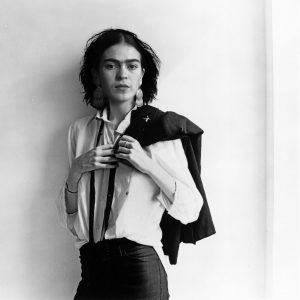Entry 5
On My Final Reflections
This course re-lit my interest in art history, and I don’t know if I’ll be able to let go of that. I loved learning about every detail of these artist’s lives, hearing what other people had to say about them, and connecting it all to try to give definition to society at specific points in history. Throughout this course, I often found myself thinking of the Big Three Mexican mural artists’ attitudes in distinct theories.
- Jose Clemente Orozco praised nothing; he painted all parts of the world with a critical eye, from the struggling revolutionary populations in blind chaotic revolt to the oppressor’s grasping opportunistic greed.
- David Alfaro Siqueiros praised some things; his fervent support of Communism and his radical beliefs set him on one side of social progress. His art had an extreme modern quality, and his numerous manifestos showed his love of proclaiming the virtues of certain beliefs.
- Diego M. Rivera praised everything; he painted the whole world, from the traditional indigenous to the futuristic industrial, with enamored devotion. His infatuation with the world was apparent in his style, as he carried objects past the point of realism to a point of expressionistic fidelity. Technology, nature, wars, music, people, and social systems all came alive in his work, humming with vitality and mechanical functionality. He saw the world, as we all do, in his own way and he loved it all. This personal style was a manifestation of this, and the seeming contradiction of his personal beliefs is simply an authentication of his infatuation with the world.
I think this is where my fascination with Diego Rivera comes from. I think of myself like this, in the way that while I am critical of everything, I love it all. I think that in reality, all 3 of these artists share that quality and “theory”. But to me, Rivera was the one who showed it the most, and never held himself back from his pursuit of the truth.


